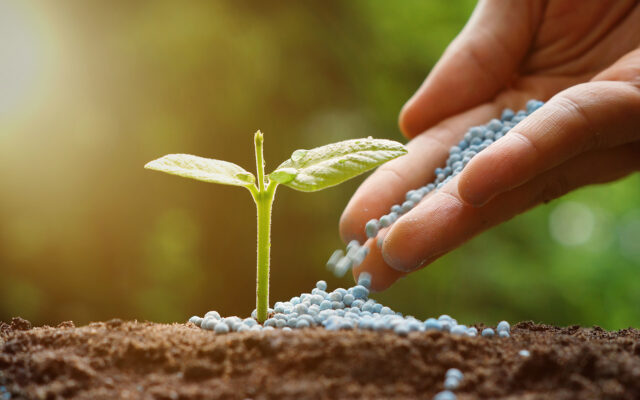In order to grow, plants require nutrients that they get from the soil through their roots. A few critical nutrients for plants include nitrogen, potassium, phosphorus, and other vital secondary components. Fertilizers deliver all these healthy nutrients for the plants.
Currently, you can find different types of fertilizers, which makes it hard to select the right fertilizer. However, with a little bit of understanding about these elements, it will be easy to choose the ideal fertilizer.
What Are The Different Types Of Fertilizers?
In general, there are organic and inorganic fertilizers. Organic ones are natural fertilizers and are primarily manure from plants and animals, for example, agricultural waste and livestock dung. Keep on reading to find the 5 different types of inorganic fertilizers.
1. Nitrogen Fertilizers
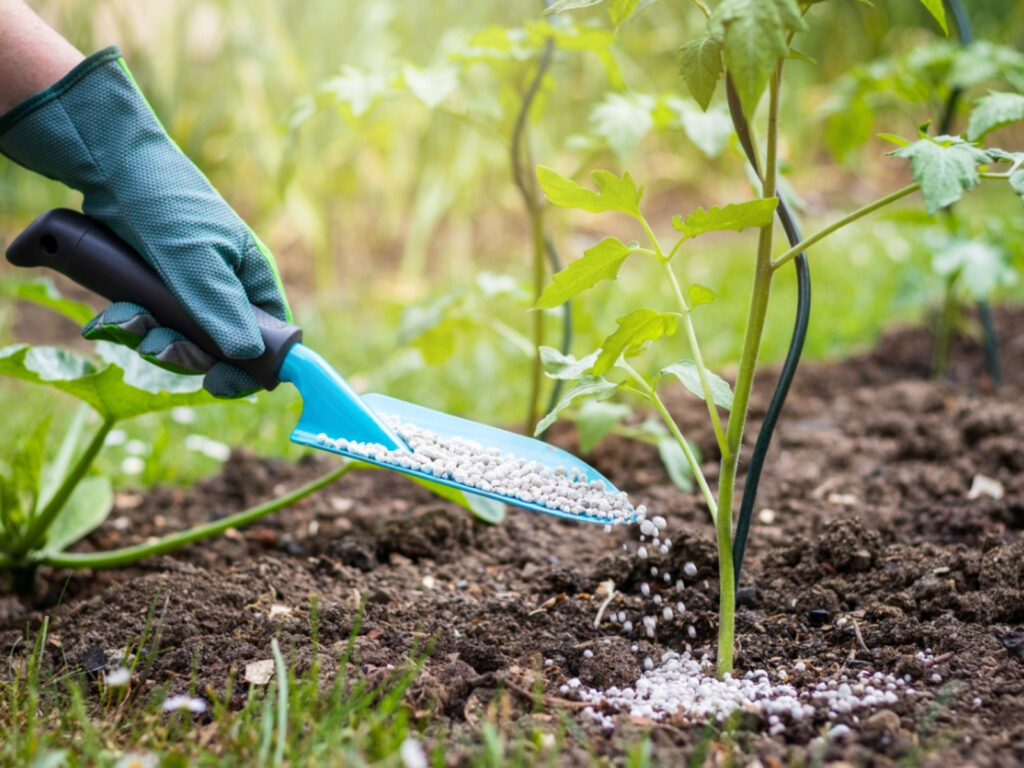
Firstly, nitrogen is one of the essential plant nutrients which is credible for its growth. This component is beneficial, especially in the middle phases of the plant’s longevity, where it has to become huge and begin growing new leaves.
Nitrogen is present in both organic and inorganic fertilizers. Nitrates are naturally high in nitrogen levels. Nitrate assists the plants to grow promptly and stimulates the arrangement of the leaves. Some of the most common nitrates are Ammonium chloride, Ammonium sulfate, Urea, Calcium-ammonium nitrate, and more.
2. Phosphate Fertilizers
In order to grow healthy and meet the nutrient requirements of the plant, phosphorus is vital. Through the lifecycle, phosphorus assists in enhancing the plant’s roots and stems. In addition to that, this substance is also good for developing the growth of seeds, flowers, and fruits.
If plants do not get enough phosphorus, it will hinder their growth. It is best to add this fertilizer to the soil before growing any plants because this substance is slow acting and long-lasting. Phosphates have high phosphorus levels, and some of them are rock phosphate, basic slag, single super phosphate, and more.
3. Potassium Fertilizers
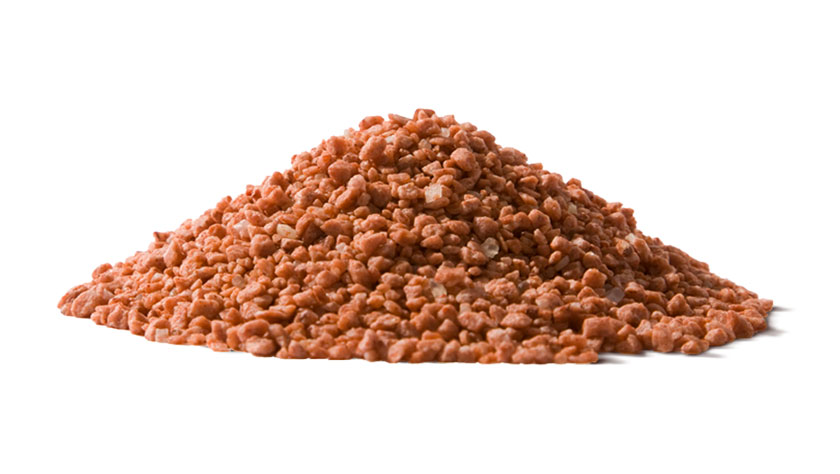
The potassium fertilizers enable the rapid growth of flowers and fruits in plants. When the plants do not have enough nutrients, this substance will help in protecting them. Besides that, it is crucial for photosynthesis and possesses the capacity to hinder the disorders which might contaminate your garden.
If you are using this fertilizer, make sure to spread it as close as possible to the plant roots. When the plant faces potassium deficiency, it tends to develop yellow or brown shades on the leaves edges. High potash levels help in boosting fruit production and give better quality, tasty, and shiny fruits. In addition to that, the common potash elements include a sulfate of potash and muriate of potash.
4. Compound Fertilizers
They include two or three plant nutrients at the same time. If the soil does not have enough phosphorus and nitrogen, you can spread a compound fertilizer, for example, amorphous, on the ground. It comprises 16 % nitrogen and 20 % P2O5. Hence, two or three different substances can be blended in a precise ratio to obtain the compound fertilizer.
5. Complete Fertilizer (NPK)
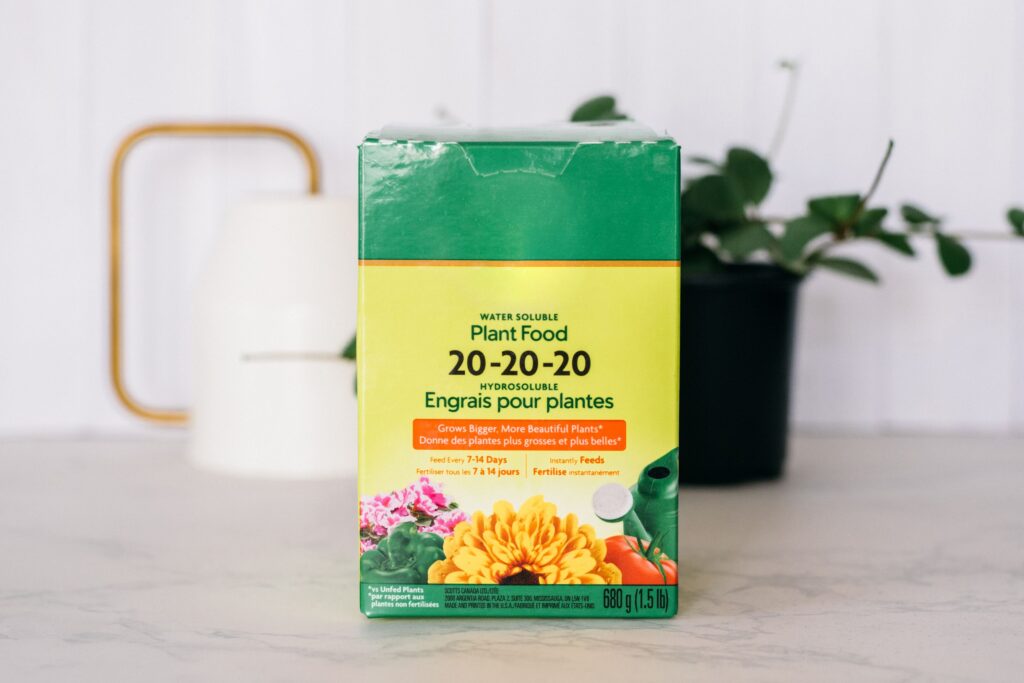
Sometimes, the compound fertilizers can not adjust well to various soil types. Because of that, assorted fertilizers which have two or more elements in ideal quantities are utilized based on the specific requirements of different soils. These mixtures attain nutrient depletion in a more proportional way and needless labor for applying than other individual fertilizers.
These combinations include all three fundamental nutrients (N, P, and K), so they are known as complete fertilizers. Sometimes, fungicides, insecticides, weed-killers (BHC, DDT, 4-D, and mercury or copper salts are also present in these complete fertilizers. The component elements should be consistent to encourage joint response and make sure to deter uneven mixture. It is possible to mix other substances into all fertilizers, such as potassium chloride, potassium sulfate, bone- meal.
Guide On How To Select The Correct Fertilizer
Before choosing any kind of fertilizer, you will have to consider plenty of factors to get the best one. Some of those factors include:
1. Nutrients In Fertilizer
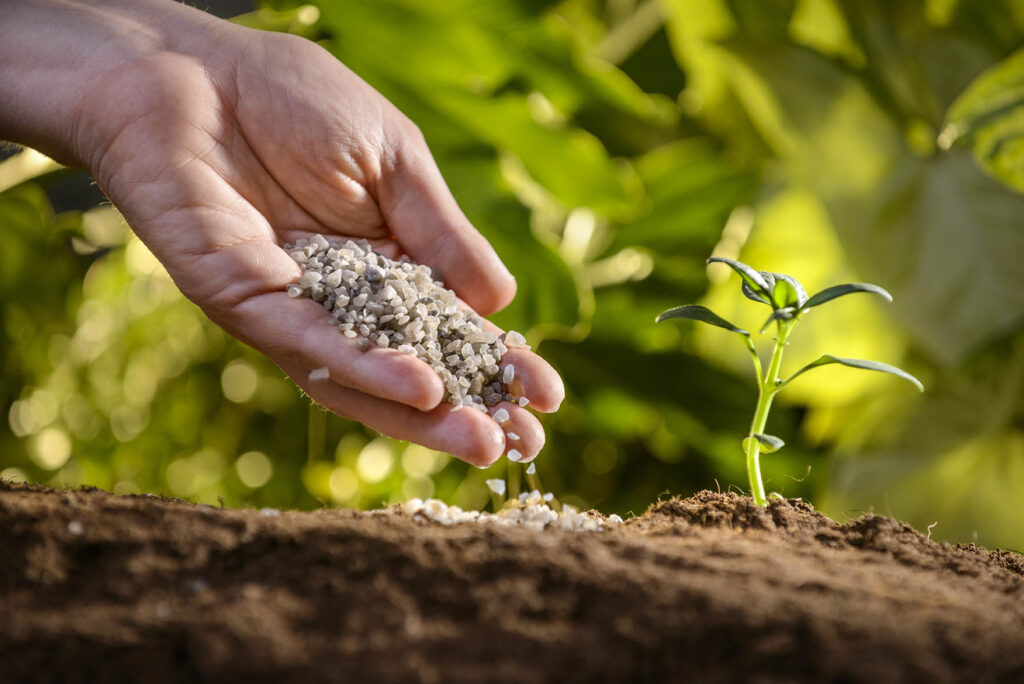
Plants require various kinds of nutrients and a few of them in massive amounts. Due to that, you need to consider the total nutrients in fertilizer while buying them. Choose the one that has vital primary nutrients, such as nitrogen, phosphorus, and potassium. These nutrients help in the overall plant development, leaf growth, production of flowers and fruits, enhance the root system, and hinder the occurrence of diseases.
Make sure to select the fertilizers that have significant secondary nutrients, such as oxygen, hydrogen, carbon, sulfur, calcium, and magnesium. Micronutrients in fertilizers include zinc, iron, chlorine, copper, boron, cobalt, manganese, nickel, and molybdenum.
2. Application Tips
The fertilizers are available in different forms: powder, liquid, and granular. Mostly, you have to dilute the liquid fertilizers with water and spray them on the plants or soil. Powdered fertilizers also require water to be efficient, and you need to pour using your hand and water them to finish absorption. Lastly, granular lawn fertilizers are spread on the surface of the soil.
3. Fertilizer Cost
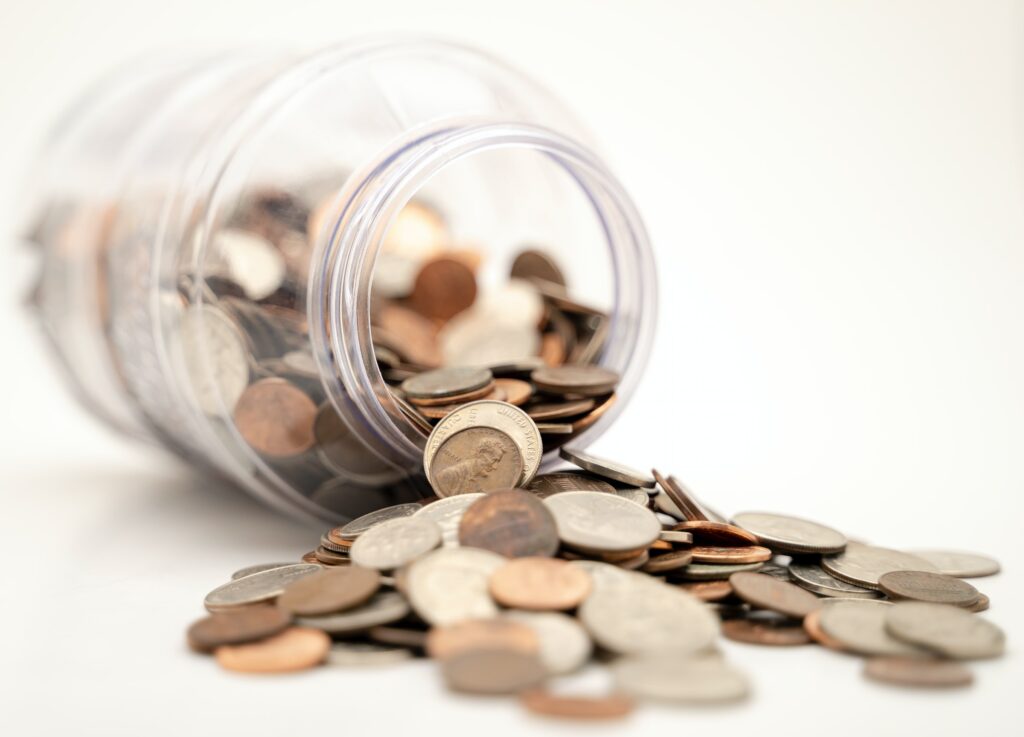
In general, the average fertilizer cost ranges anywhere between $1 to $1.50 per pound. For a 1,000 square feet area, you must buy at least 3 pounds of fertilizers. However, some of them can be expensive because of the high demand in the present markets. While selecting the fertilizer, it is better to compare prices from different sellers and choose the one that is more budget-friendly.
4. Organic Vs. Chemical
You have the option to choose either organic or chemical fertilizers. If possible, try to always stick to fertilizers that are free from harmful elements. Besides that, you can select those prepared from natural components as they have more nutrients and assist with the robust growth of the plant.
5. Fertilizer Formulations
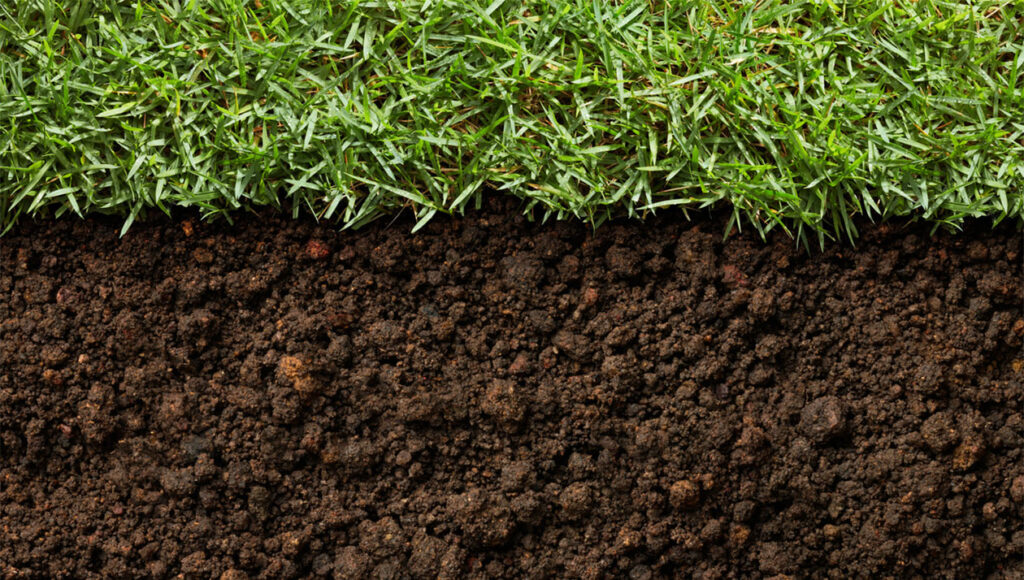
You will have to consider the different formulations of fertilizers while selecting them because every component has its own benefits and shortcomings.
Fast-release fertilizers will rapidly deliver nutrients to the soil, turn the grass green, and are affordable.
The slow-release or controlled-release formulations ensure consistent development and minimize the danger of simmering grass and plants.
Winterizer fertilizer is beneficial to ready your gardens for the winter season because it keeps them healthy and increases disease resistance.
Weed and feed formulations include crucial weed control and can deter the growth of different weeds.
Bottom Line
Whether you are a gardener, farmer, or plant enthusiast, it is vital to be aware of the different types of fertilizers and which one is the best for your plants. It is because they have the potential to enhance the growth of plants and minimize the risk of plant diseases. Hence, you can follow our guide to make the best out of the available fertilizers.

